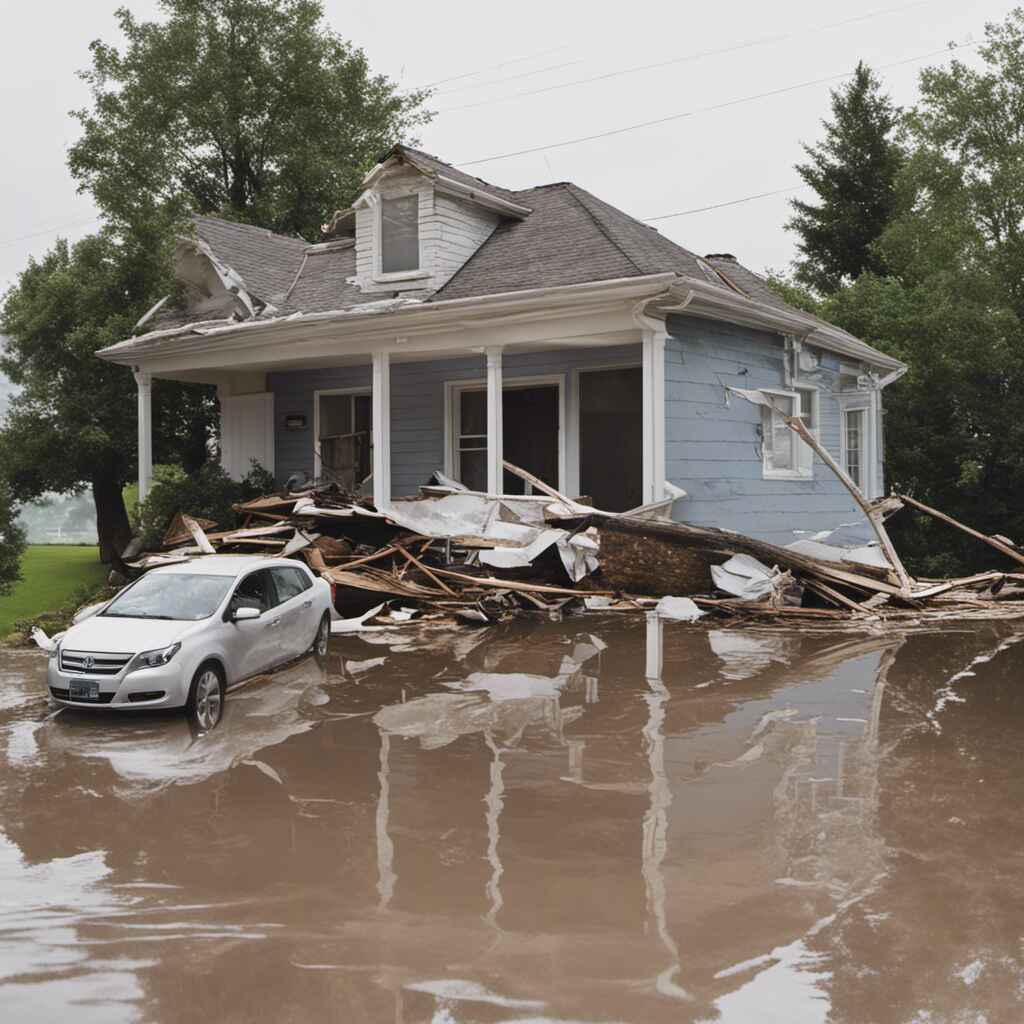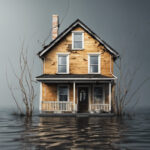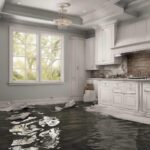
Water damage is undoubtedly one of the most common and costly issues homeowners face. From leaking pipes and faulty appliances to natural disasters and floods, water damage can wreak havoc on your property, leading to structural deterioration, mold growth, and expensive repairs. However, the good news is that with a detailed approach and the right preventative measures, you can safeguard your home against water damage, ensuring peace of mind and saving yourself from potential headaches and financial burdens.
In this exciting article, we will explore a comprehensive approach to prevent water damage, covering various areas of your home that are prone to water infiltration, from the foundation to the roof. So buckle up and let’s discover the secrets to a water-damage-free home!
1. Foundation Protection
The foundation is the pillar upon which your home stands, so it’s crucial to keep it water-resistant and free from any potential points of entry. Start by regularly inspecting the exterior of your foundation for cracks, gaps, or deterioration. These can be sealed with waterproofing materials or a quick application of appropriate sealants. Additionally, ensure proper grading around your home. The ground should slope away from the foundation to prevent water accumulation, which could seep into the structure.
2. Gutters and Downspouts
Properly functioning gutters and downspouts are essential for preventing water damage to your home. Make sure your gutters are clean and free from debris, which can cause backups and overflow. Regularly inspect them for any damage or leaks and repair or replace as necessary. Consider installing gutter guards to keep debris out and maintain optimal water flow. Additionally, extend your downspouts away from your foundation, ensuring water is directed at least six feet away from the structure to prevent infiltration.
3. Roof Maintenance
A well-maintained roof is your first line of defense against water damage. Regularly inspect your roof for any missing or damaged shingles, cracks, or leaks. Repair or replace them promptly to prevent water from seeping into the attic or the living areas of your home. Trim any overhanging branches that could potentially damage your roof during storms. Consider applying a waterproof coating or sealant to enhance your roof’s water-resistance capabilities.
4. Plumbing Inspections
One of the most common causes of water damage is plumbing-related issues, such as burst pipes, leaking faucets, or faulty appliances. Regularly inspect all the visible pipes in your home for leaks, corrosion, or mineral deposits. Replace any worn-out or damaged sections promptly. Consider installing a water leak detection system that alerts you immediately in case of a leak. Additionally, inspect your appliances, like the washing machine and dishwasher, for any signs of leakage or wear and tear. If you notice any issues, repair or replace them to prevent water damage.
5. Basement Waterproofing
Basements are particularly vulnerable to water damage due to their below-ground level and proximity to the water table. Start by ensuring your basement is properly sealed and insulated. Consider applying basement waterproofing coatings or sealants to the walls and floors. Install a sump pump, which will automatically remove any excess water and prevent it from flooding your basement. Regularly inspect basement windows and vents, sealing any gaps or cracks to prevent water intrusion.
6. Exterior Walls and Windows
Your home’s exterior walls and windows are another potential entry point for water. Regularly inspect your walls for any cracks, gaps, or deteriorating areas. Seal them with appropriate waterproofing materials or sealants. Ensure that the exterior of windows is properly caulked to prevent water from entering your home. Additionally, consider installing window well covers to prevent water accumulation and potential flooding during heavy rains.
7. Landscaping and Drainage
Proper landscaping and drainage systems are crucial to prevent water damage. Evaluate your yard’s grading and ensure it slopes away from your home. This will help direct water away from your foundation. Install French drains or a system of perforated pipes underground to collect excess water and redirect it away from your property. Regularly clean your yard drains, gutters, and downspouts to maintain proper water flow. Consider incorporating features like rain gardens or dry riverbeds, which are not only aesthetically pleasing but also help control water runoff.
8. Regular Inspections
Preventing water damage requires proactive measures, and regular inspections are a crucial part of it. Develop a routine for checking all susceptible areas of your home at least twice a year. Make it a habit to conduct visual checks after heavy rain or storms. If you notice any signs of water damage or potential issues, address them promptly to avoid further damage or costly repairs.
When you follow this detailed approach and take the recommended preventative measures, you can significantly minimize the risk of water damage to your home. Remember, prevention is always more cost-effective than repair, and a water-damage-free home means a stress-free and exciting living experience. So, invest your time and effort now to safeguard your home and enjoy a worry-free future!






